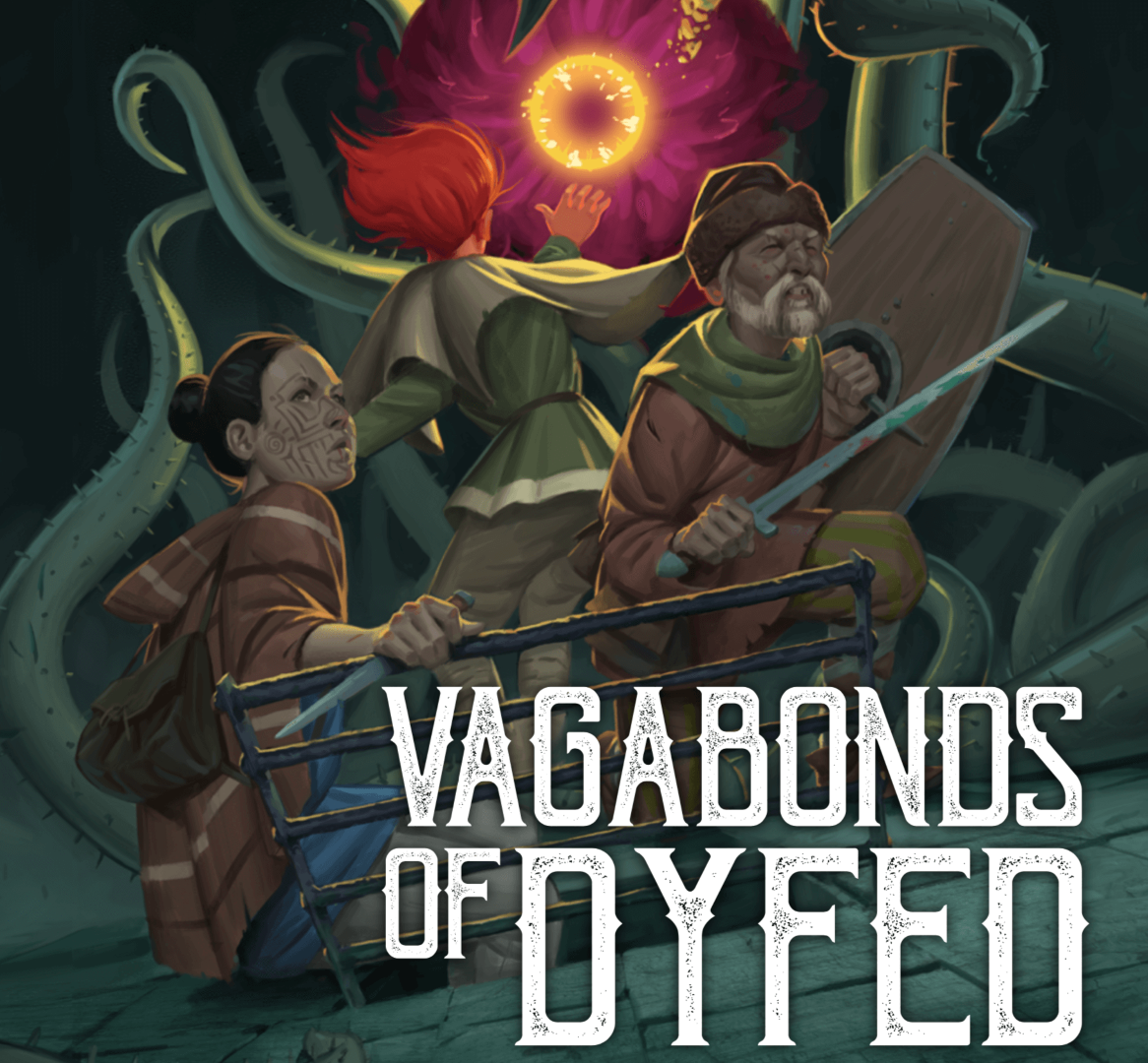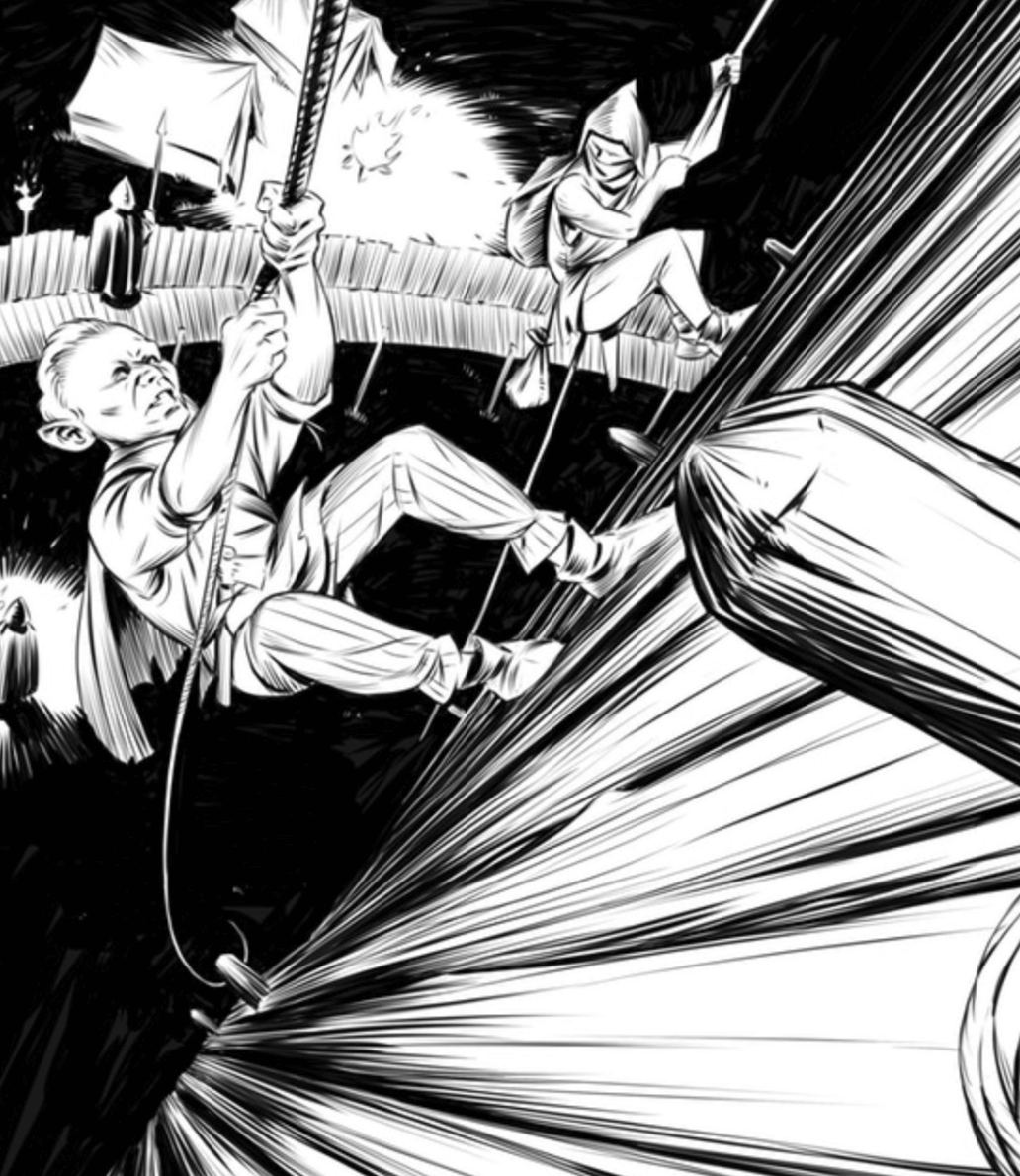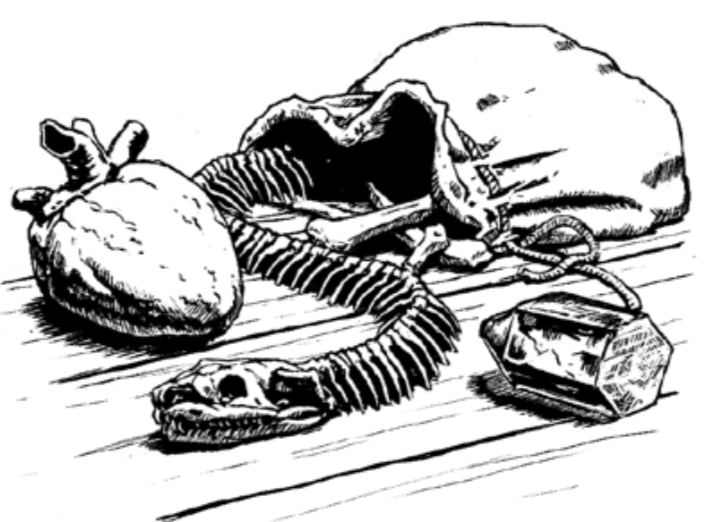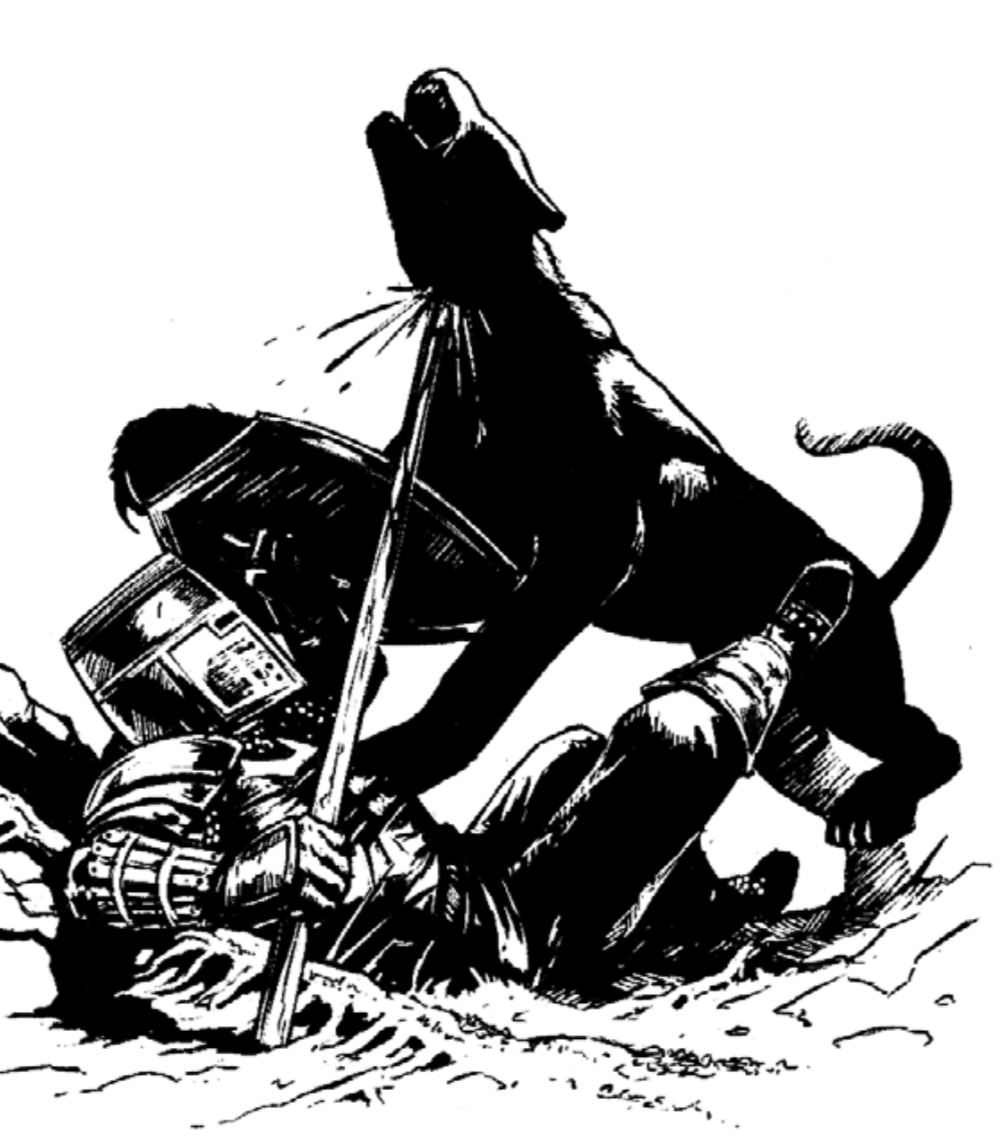Vagablends OSR and Apocalypse World

Vagabonds? More like VAGABLENDS!
Sorry. Sorry about that. Turns and yells to the audience: SORRY EVERYONE! THAT’S THE LAST PUN…I MEAN THE LAST ONE!
Vagabonds of Dyfed from Sigil Stone Publishing bridges the gap between OSR and Powered by the Apocalypse World games.
What? OSR? World? Permalink
For those who aren’t aware of the two gaming trends I’m talking about:
OSR - Old School Renaissance. Harkening back to the early editions of D&D, the OSR movement has a focus on strong GM authority, lethal dangers, hard won victories, and top-quality adventures. The OSR scene is cranking out the best adventure modules in the business.
Apocalypse World - Published in 2010, Apocalypse World became the basis for dozens of new games. With a heavy focus on narrative control, AW games are rules-light and lend themselves to easy story-telling. I really appreciate them from the GM perspective, as they are a breeze to run.
What do these differences really mean? And how does Dyfed bridge this gap?
Why The Divide? Permalink

I’m not an expert, but this is the way I see it:
OSR games provide a concrete set of rules in a dangerous world where stories emerge from hard-won victories. OSR seeks to create moments like, “I was the only one left alive, and even though my dwarf thief lost her arm, we saved the ruby!”
It’s up to the GM to fairly portray deadly obstacles and hazards. If the players succeed, they did so against terrible odds using their brains and some luck.
Games based on Apocalypse World rely more on table collaberation inspired by game prompts. Every action leads to the next, and the rules have very specific triggers for when they come into play.
The biggest difference is how both games emphasize failure.
Failure Is Everything Permalink

OSR games use failure as negative reinforcement. Dangerous enemies have higher numbers, deal more damage, destroy more resources. Players are encouraged to use clever thinking to avoid problems rather than just rolling high numbers. E.g. fighting the giant directly isn’t an option, but tricking him into running off a cliff is a good OSR strategy.
Apocalypse World uses failure as a way of moving the story forward. Every action has three possible outcomes:
- Success
- Success with some kind of consequence
- Failure, and things get worse
No matter what the outcome, the story moves forward. My favorite example is lock-picking. Let’s compare the two.
OSR: If you’re trying to pick a lock and fail, the door is closed. You’ll need to use creativity to get past the door, or find another way around.
AW: If you’re trying to pick a lock and fail, a guard comes around the corner, or your lockpicks break, or SOMETHING awful occurs that forces a change in the situation.
Blending These Two Permalink

With those two differences in mind, we can kinda see how Vagabonds contains the best of both worlds: keep the lethality and the spirit of the OSR, but add the multiple outcomes of AW games.
What’s interesting is the math. Most OSR games have slightly different rules and tweaks, but they all have the same math. The entire community tries to stay compatible with one another.
Ben Dutter, the creator of Vagabonds, found a clever way to blend the stats and dice math of OSR games with the loose narrative rules of Apocalypse World games.
OSR games use statistic bonuses to modify rolls. If your character has +4 Strength then they roll a 20-sided die and add +4 to the result. Strength-related rolls have a higher chance of success.
Vagabonds uses Traits. You add +1 to your rolls for every applicable trait. If you grew up in the mountains, have a coil of rope, and your friend is pulling you up then you have three traits that make it easier to succeed.
Traits can come from your backstory, equipment, or the situation. This adds a little life to each situation, encouraging players to constantly think about their characters and what traits might give them a bonus.
Now….I had a long rant about all of the cool things that Vagabonds does to make combat work with AW principles. But instead of explaining it all here I made a slick reference sheet that covers the basics of the system and even includes a character roller!
Grab The Reference Sheet Here.
Conclusion Permalink

Whether you like OSR games or AW games, or anything in between Vagabonds is worth checking out. It’s doing some really neat things and putting new spins on old ideas.
Even better, they JUST released the first adventure module for Vagabonds, so you can jump right in and check it out.